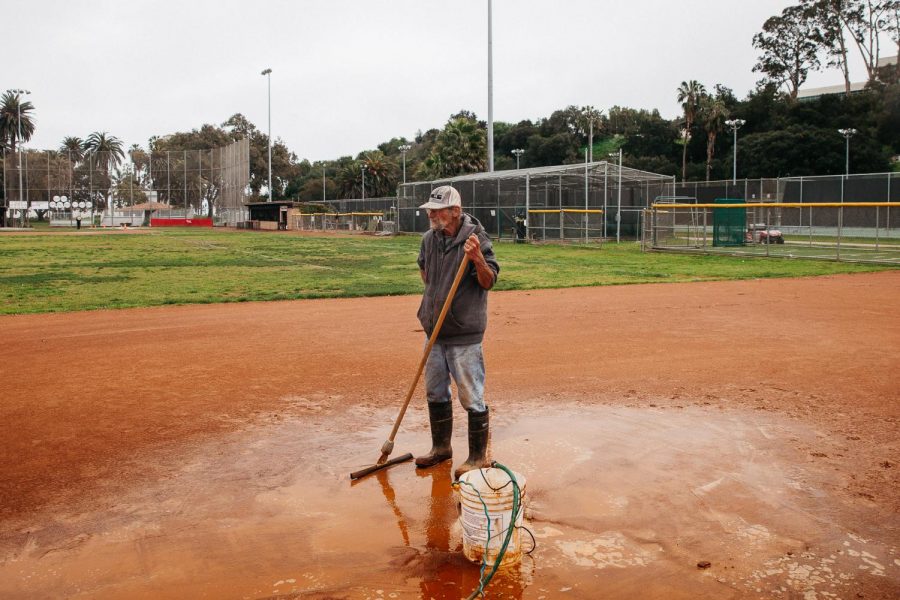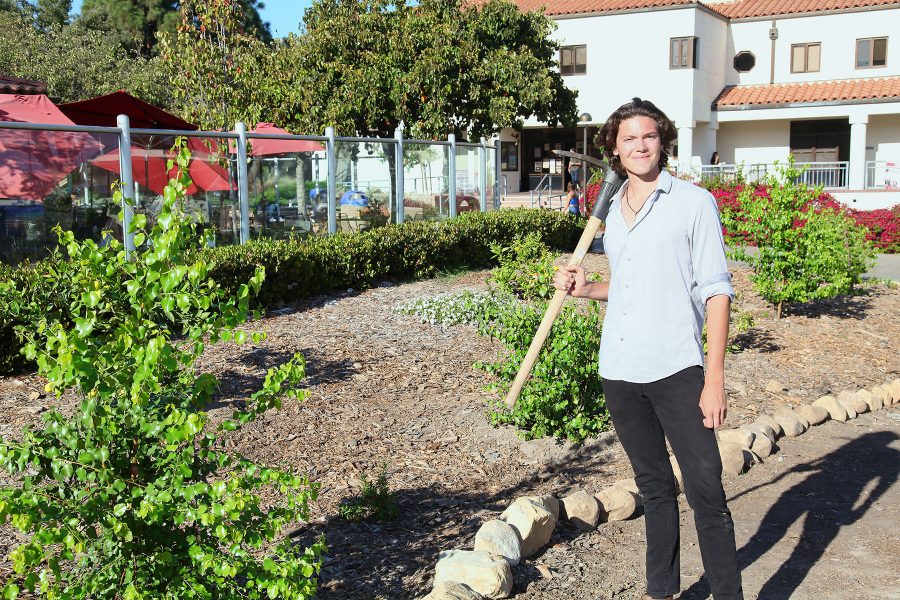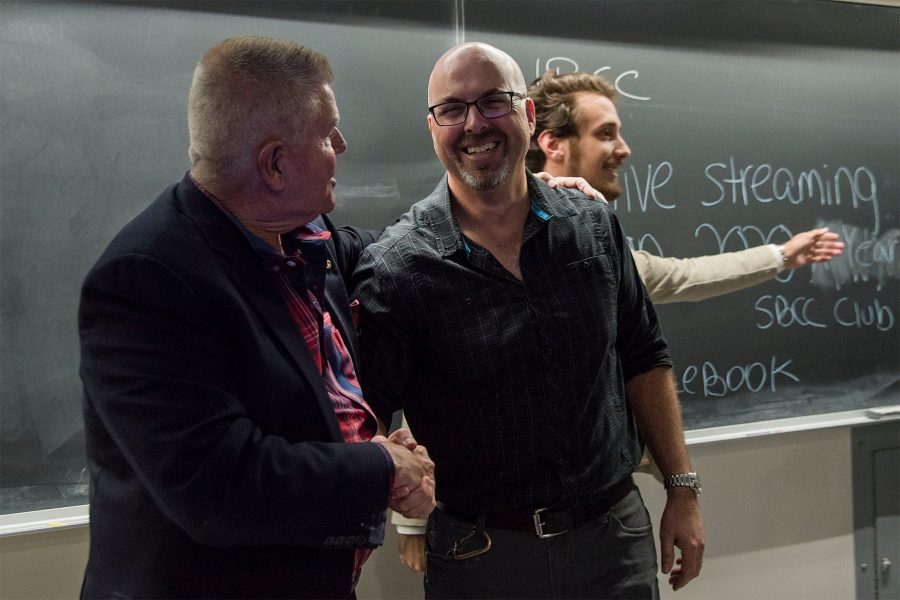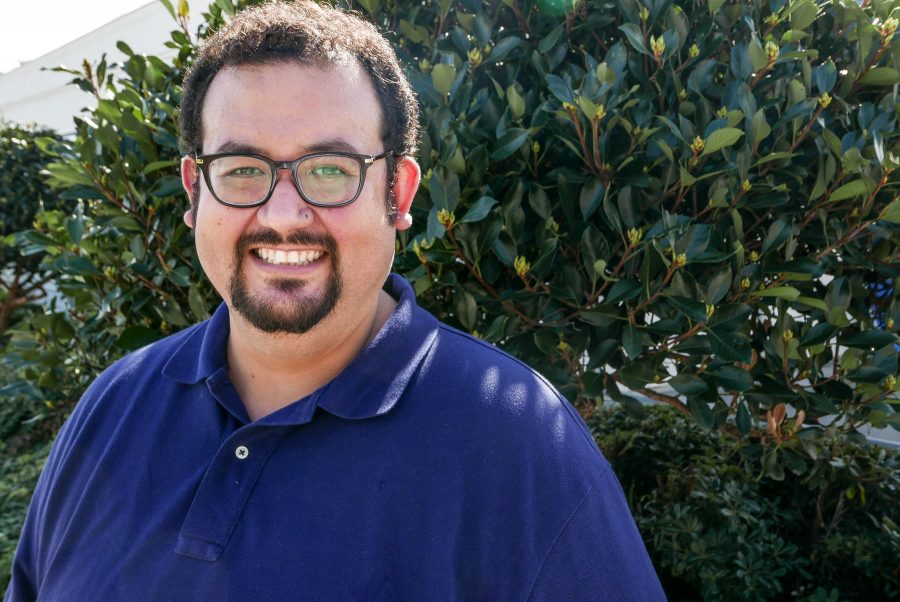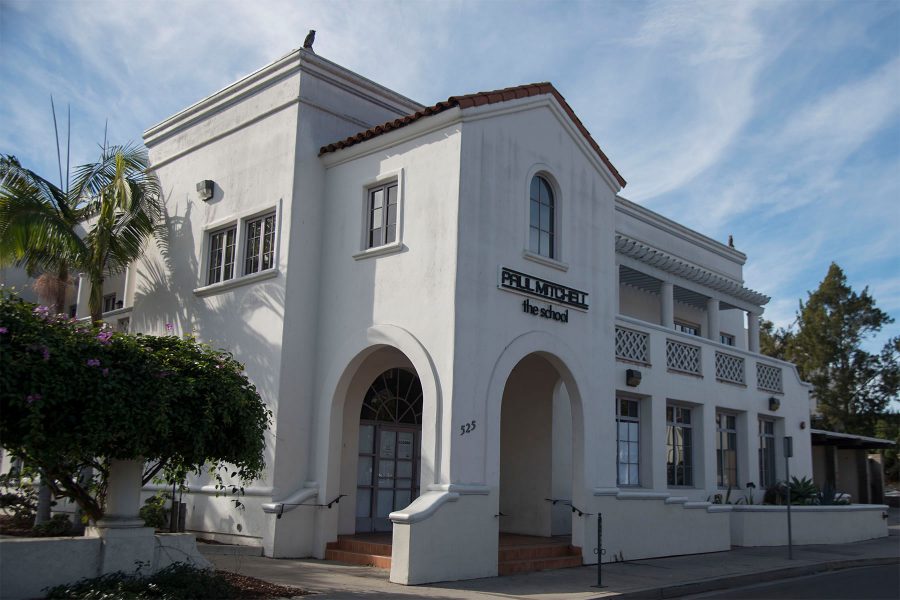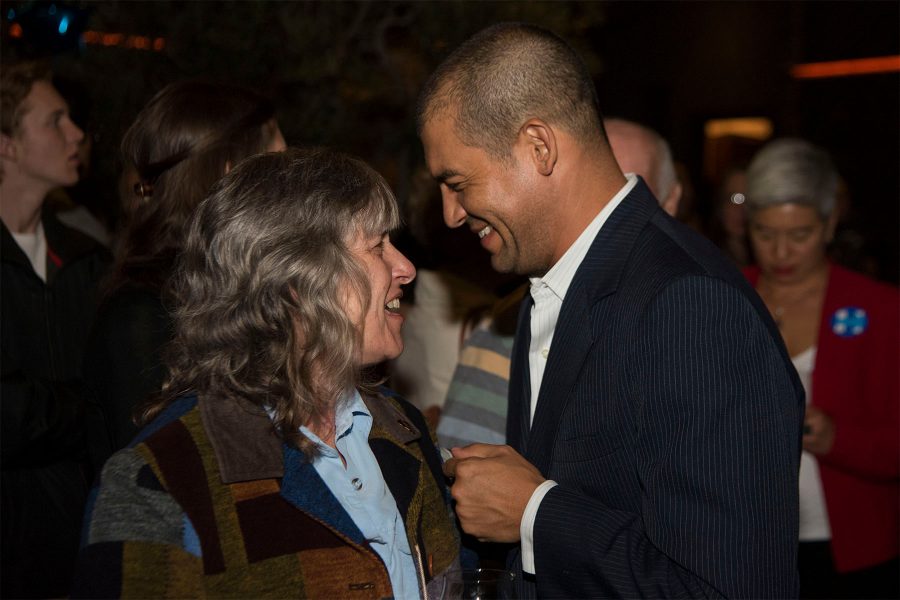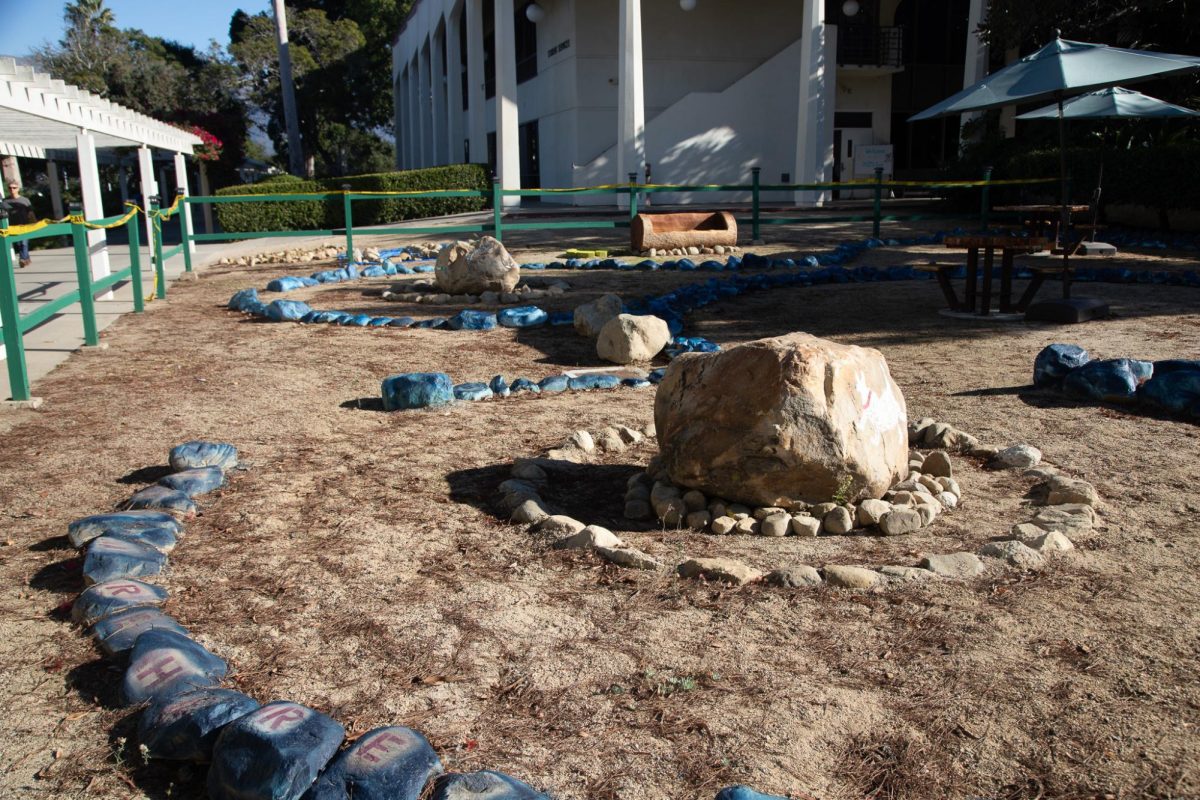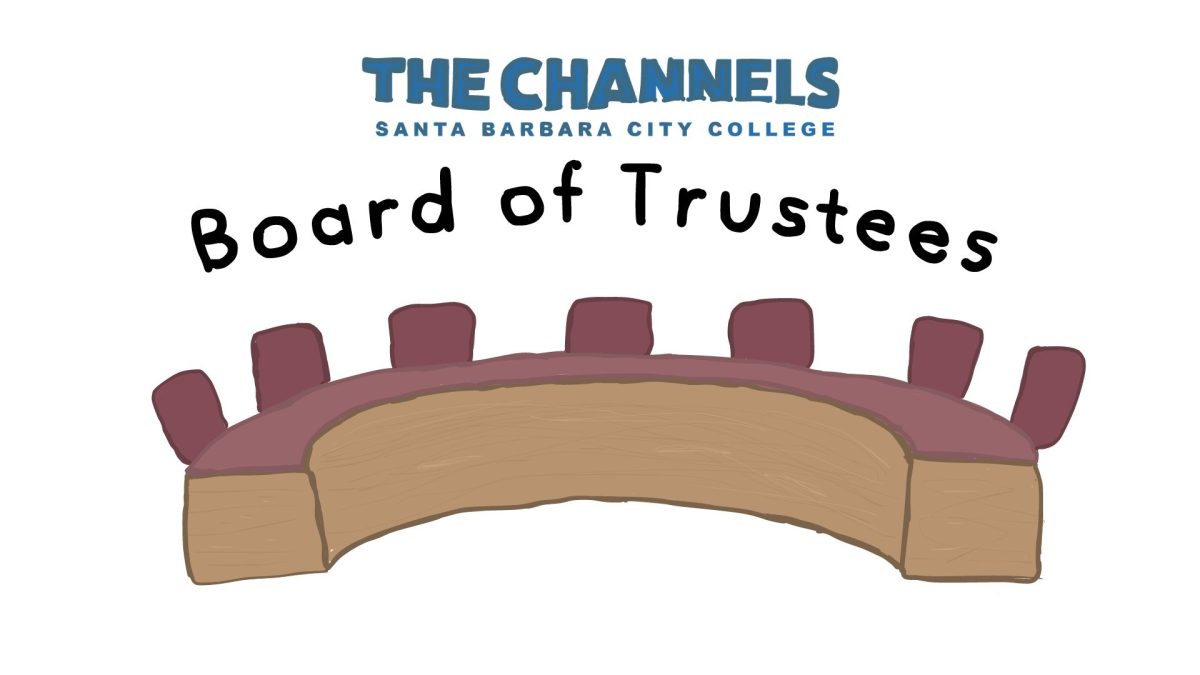A creek located in the middle of City College is scheduled for intensive beautification, but the current tenants of the barranca are making things difficult for restoration.
Homeless people and and other wandering transients have taken up residence in the area, known to some as the “West Campus open space” or “the barranca.” The property lies between City College and the Harbor Heights apartments, and it is owned by the college.
“I have a pretty intensive background in restoration ecology,” said Mark Broomfield, the head ground maintenance supervisor who oversees both landscape projects and subcontracting jobs at the college. “But the area right now is on life support.”
Broomfield said first went down to the barranca last June—and nothing could have prepared him for what he was about to witness.
“I was just blown away at how much stuff and camps are down there,” he said. “They were bringing full couches, beds, reclining armchairs, from wherever they could get their hands on.”
Broomfield said he’s down there one to three times a week and finds enough material to fill a dump truck.
Over the years, the problem has grown worse for Broomfield’s team. He has discovered that the homeless are using the creek as a latrine, which adds to the canvas of sludge that he and his workers have to clear through.
Broomfield estimates that up to 15 homeless camps are active on this campus on any given moment.
“To be honest, they’re not picking bad sights,” he said. However convenient it may be for the homeless, it is unlawful for anyone to settle down in there.
“It’s part of the societal issue of how we deal with homeless people, especially in this area,” he said. “There are a lot of free resources here for no contribution, and it creates the desire to be around this area.”
According to Broomfield, the only way to clear the homeless camps and begin restoration is by increasing City College presence.
“We’re trying to increase our presence both with classes and staff, because part of the reason why they are hanging down in there is because no one is down there to bother them at all.”
But clearing the area of homeless is not Broomfield’s ultimate goal.
To Broomfield’s understanding, the degradation has been going on for a very long time. It’s not just the homeless creating most of the harm, he notes, the ecosystem is equally a part of the gully degradation. This is caused by eucalyptus trees and other invasive grasses.
The lack of running water in the creek bed poses a dangerous combination that makes cleaning, let alone inhabiting the area, almost impossible.
“Basically the county’s top ten invasive species are well represented there,” he said with a grin.
Despite the struggle, Broomfield plans to complete his proposed plan for restoration in the next 30 years.
“This is a prime spot for a restoration opportunity,” he said.
He plans to incorporate his project with City College’s horticulture department with Professor Don Hartley’s restoration class. Eventually the gully will be transformed to be more accessible and appealing, with future paths, fences and lighting later being installed.
Broomfield hopes the project can become an open lab restoration project which students can collect data, soil samples, and perform water testing to help students understand the process of ecology restoration.
“By removing the disturbance that’s usually the biggest benefit,” he concluded. “A lot of times the ecology comes back on its own.”


